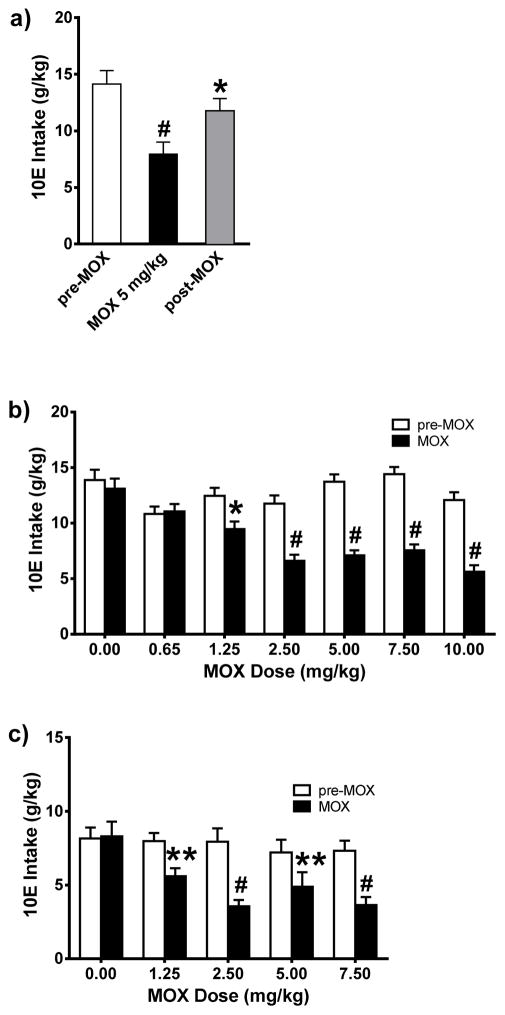Figure 1. Acute administration of MOX significantly reduced 10E intake in female and male C57BL/6J mice, in a dose-dependent manner, using a 24-h-two-bottle choice paradigm.
MOX was administered after habituation with saline injection and attaining stable drinking levels. Bars represent levels from the day prior to MOX injection (white; pre-MOX), the day of MOX injection (black; MOX), and the day after MOX injection (gray; post-MOX). a) MOX (5 mg/kg) significantly reduce 10E intake in female mice. Values represent mean ± SEM for 12 mice, * p < 0.05, # p < 0.0001 versus pre-MOX, Tukey multiple comparison post-hoc test. b) MOX (1.25, 2.5, 5, 7.5, and 10 mg/kg) significantly reduced 10E intake in female mice. Values represent mean ± SEM for 16 mice per dose group, * p < 0.05, # p < 0.0001 versus respective pre-MOX condition, Bonferroni’s post-hoc test. c) MOX (1.25, 2.5, 5, and 7.5 mg/kg) significantly reduced 10E intake in male mice. Values represent mean ± SEM for 12 mice per dose group, ** p < 0.01, # p < 0.0001 versus respective pre-MOX condition, Bonferroni’s post-hoc test.

